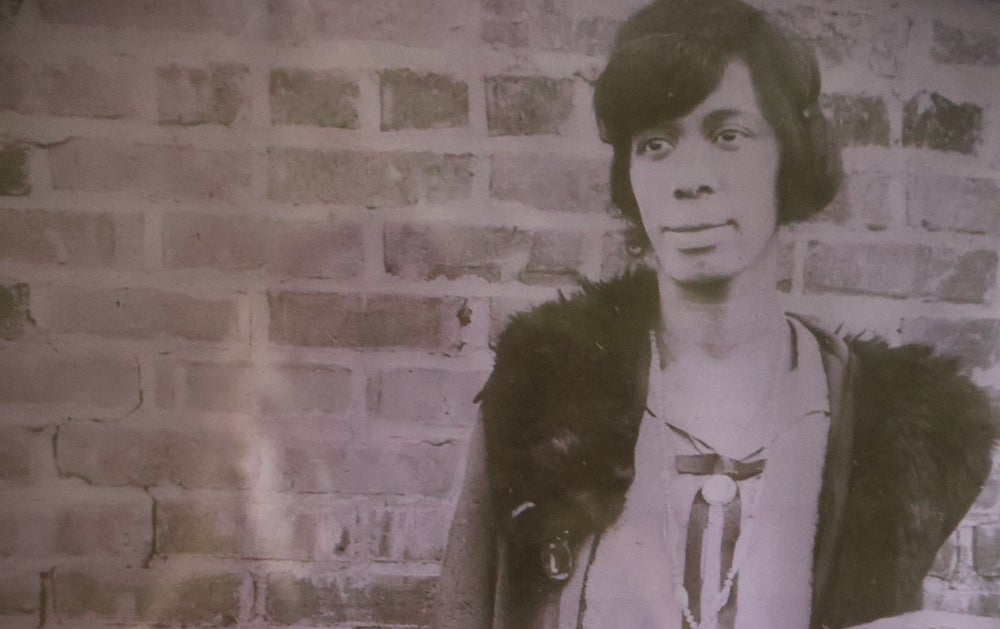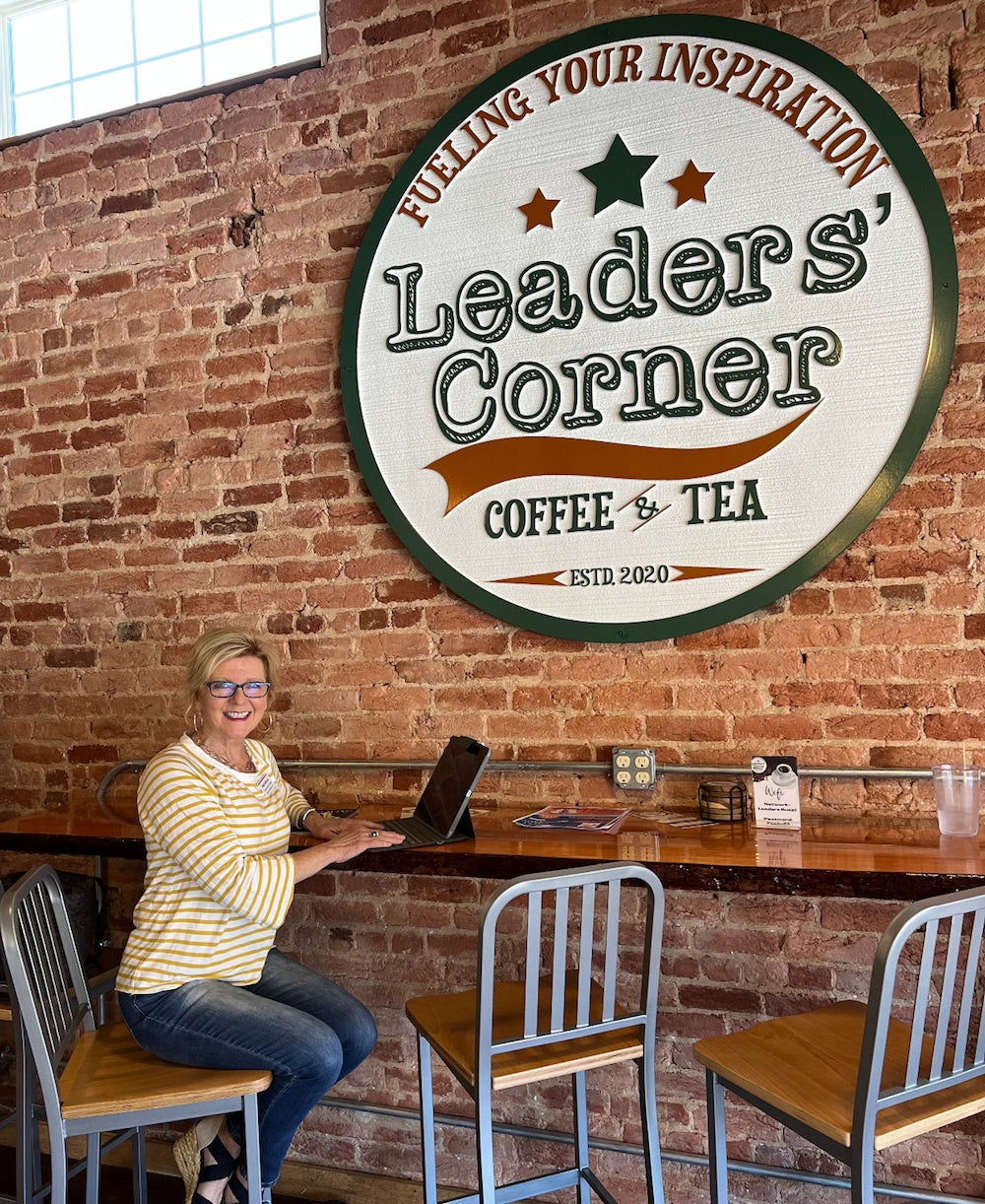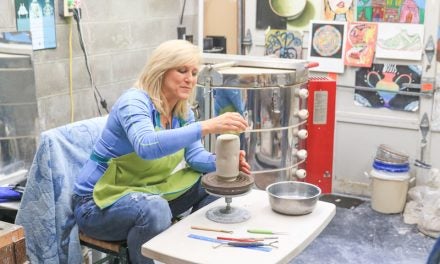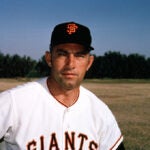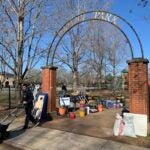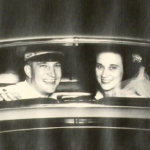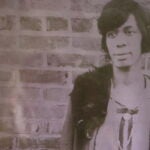By Anna Grace Moore
Photos Contributed
Bringing life into the world is one of the most important and joyous privileges women carry on throughout generations. Midwives–many mothers, themselves–are the right-hand to these life-giving heroes, and one in particular, Ada Datcher Sanders, helped deliver nearly all of Shelby County’s lineage during her lifetime.
Born around 1881, Ada Datcher Sanders is a third-generation midwife, having descended from slaves. Her family’s history begins decades before her time with her grandparents, Albert and Lucy (Wallace) Baker.
Albert Baker (1812-1917) was born in the Harpersville area and later sold to Dr. John Singleton. Records show Albert’s father was born in Tennessee and was listed as “mulatto,” which has since been considered a negative term for a person with both black and white ancestry.
Albert moved to work on the Singleton plantation, growing up and becoming good friends with John’s son, Dr. W.R. Singleton (1823-1893).
When John’s daughter Mary married Wales Wallace–who is the son of then the largest, local, slave-plantation owner Samuel Wallace–Albert was “wheeled” to the Klein-Wallace plantation, becoming property of Mary Singleton Wallace.
Around 1855, Albert met the love of his life, Lucy (1830-1930), during a Sunday morning church service at Scotts Grove Church, which was located near the Klein-Wallace plantation. The two formed a budding friendship, but they could not marry due to the Alabama Slave Codes which stated slaves of different owners could not marry nor have children together.
Peter Datcher–Ada’s nephew–has preserved his family’s history dating back more than 200 years. He still lives on his ancestral property and shares stories of his family’s lineage, including the time Albert sneaked off during the middle of the night to see Lucy but was caught upon his return.
Albert received 20 to 30 lashes, having been tied up to a tree and bullwhipped in front of the other slaves as a message to enforce obedience.
“What’s ironic is Wales’ father owned Lucy, and Wales’ wife owned Albert; yet, they put that kind of penalty on him to make sure all slaves knew their position–they were worth money,” Peter says. “One slave could be worth 100 acres of land. Slavery was all about the dollar.”
In 1865 after the Civil War ended, Albert and Lucy married. They did not have a formal wedding, so they jumped over a broom. Their first of many children was born in 1866.
During this time, Albert and Lucy moved back onto W.R.’s property to work as sharecroppers. Albert tended to the land, while Lucy worked as a midwife.
While it is unknown where Lucy learned midwifery, it is possible she learned some of her medical knowledge from W.R. who served as a surgeon for the Confederate Army. In 1879, Albert purchased 100 acres of land from him for $500.

Pictured above is Peter Datcher’s historic house in Harpersville. Inside are hundreds of photos of his ancestry, including photos of Ada Datcher Sanders.
Notably, W.R. never sold any Singleton slave land other than to Albert, saying he was a man of honor. Peter recalls a time when two white women showed up on his doorstep when he was just 6 years old.
They asked Peter’s mother, Ruth Garrett Datcher, if Albert Baker’s descendants were alive. Ruth pointed to Peter, saying Peter was Albert’s great-grandson. The women then asked if the family ever sold any of their inheritance, to which Ruth replied, “No, not one acre.”
Peter chuckles as he remembers the women began jumping up and down, whooping and hollering, making Ruth very nervous.
“Those ladies told her that their grandfather was Dr. W.R. Singleton, and he made them promise him on his deathbed to go back and see if Albert Baker’s descendants kept his land, and they did that,” Peter says. “They told [my mother] that he told them that Albert Baker was one of the best men he’d ever known.”
As years went on, Albert and Lucy founded a new community they named Creswell, the moniker paying tribute to the family who ran the local train station. Creswell became a safe haven for newly freed slaves and their children–including black people who wanted to build businesses of their own instead of continuing to work as sharecroppers for cruel, white plantation owners.
The Bakers divided their land among several families, creating what would become the largest, black-owned plantation in Shelby County. These families built and operated a post office, train station, general store and Baker’s Grove Baptist Church, which was erected in 1915 and named after its founders, Albert and Lucy.
Word soon spread like wildfire about this new community, and in the 1880s, Louis Datcher and his wife came to join the community. Pre-Civil War, the Datchers lived in Maryland and were bought by William Tubman before moving to Alabama to work on the infamous Tubman plantation.
Two of the Datchers’ sons, Frank and Isaac, married two of Albert and Lucy’s daughters, Rachel and Lula. Rachel and Frank later married and had many children.
Rachel was one of the first in her family to earn more than a sixth-grade-level education. Not only did she learn how to read and write (it was illegal for slaves pre-Civil War to become literate), she also taught elementary school and even went on to attend Talladega College.
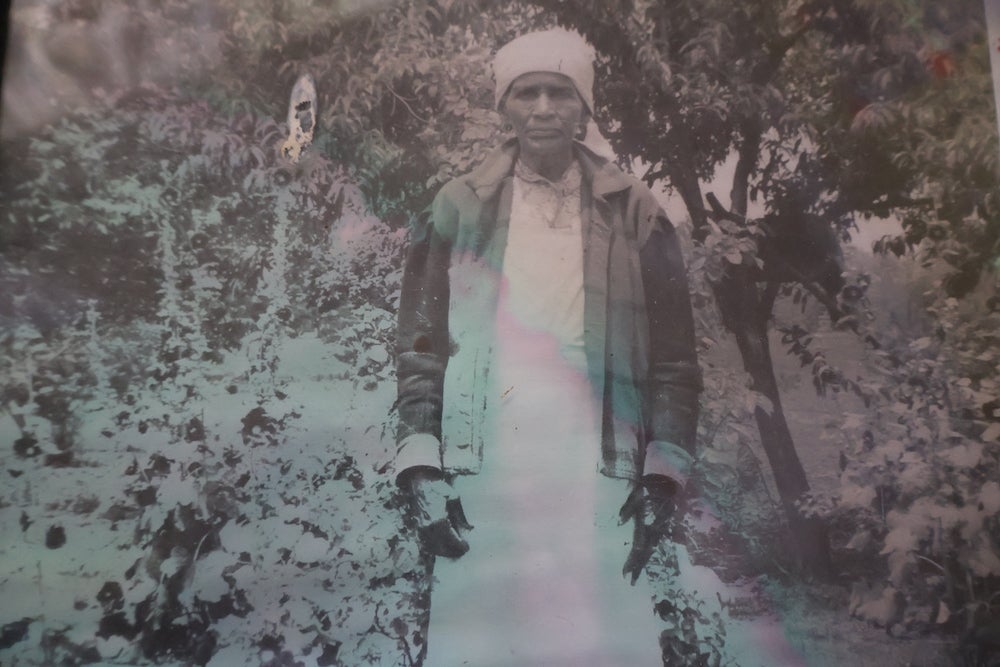
Pictured above is Rachel Baker Datcher.
In 1880, Rachel began apprenticing under Lucy as a midwife, eventually taking over the family business in 1915. Rachel’s daughter Ada also began learning about midwifery in the 1930s, officially becoming licensed in 1940.
“Ada was strong and grounded, and she did what needed to be done,” Christy Walker, Ada’s great-granddaughter, says. “She was clearly passionate about her work. She did it for over 40 years.”
Ada single-handedly delivered around 300 babies, and between Lucy, Rachel and Ada, it is estimated the three delivered more than 500 babies–both black and white–from 1880 to 1973, when Ada retired.
“It is breathtaking and almost unimaginable to think about how many babies between her, her mom and her grandmother were birthed in that area,” Camellia Jackson, Ada’s great-granddaughter, says. “She did a great service. I thought to myself, ‘Wow, for a woman of color to be that dedicated and that recognized in that area in that field is mind blowing.’ It’s been special to know that is a part of my family.”
Ada delivered all of her grandchildren, including the majority of her nieces and nephews. In a time where people of color did not receive adequate medical attention, Ada acted as a beacon of hope in the community–delivering nearly her entire community’s future generations for decades.
Peter recalls a story from his mother–why she and many people of color did not trust white doctors during that time. Ada helped Ruth give birth to Peter’s older sister Jonell in 1948; however, Jonell was examined shortly afterwards by a white doctor who cut her already-cut umbilical cord without clean hands or utensils, resulting in Jonell contracting a severe infection that affected her cognitive and motor functions.
Jonell passed away just a few years later as a young girl, never able to speak or walk on her own. Although Ada experienced some heartbreaks such as this in her career, that did not stop her from being the change she wanted to see and helping women of color through their labors and deliveries.
“She was one of the kindest people you’d ever meet,” Peter says of Ada. “She was full of knowledge.”
Interestingly enough, Ada made such a name for herself that she was even called upon by white mothers to help them deliver their babies, too. The amount of respect she must have garnered from her talent had to have been immense, considering she was also a sought-after midwife for white people in a time where people of color were horribly mistreated by many white people.

Pictured on the far right is Ada Datcher Sanders with family.
Today, Ada has numerous descendants in the medical field, walking in her footsteps. Ada’s wisdom and life lessons have been passed down through generations, including her hope for her loved ones to go after their dreams–no matter how far-fetched–and accomplish their goals.
One of Ada’s life lessons, Camellia says, has steered her course throughout the trajectory of her career.
“A life of service is a life well-lived,” Camellia says. “When you step into your passion and your purpose, there’s nothing stopping you.”
In the faces of numerous doctors, teachers, politicians and more, Ada’s legacy–therefore Rachel and Lucy’s legacy, too–lives on, more importantly, their dream for a better future for the very generations they helped bring into this world.
“I know that the Lord wanted them to get recognition because of what they’d done,” Peter says of his ancestors’ legacies. “I want all young people to know what they can accomplish, especially now. All they have to do is open their minds and hearts and do it.”

